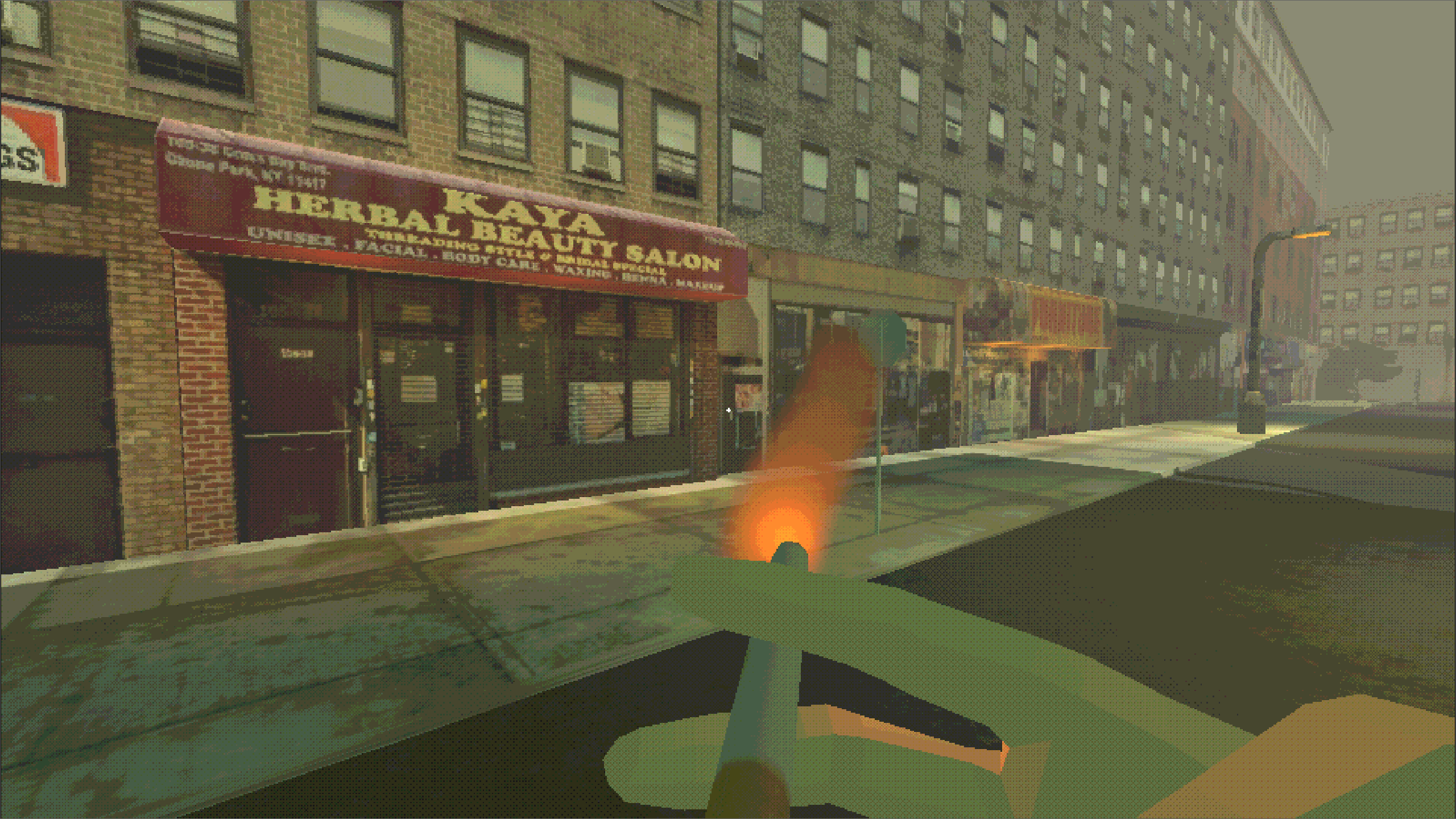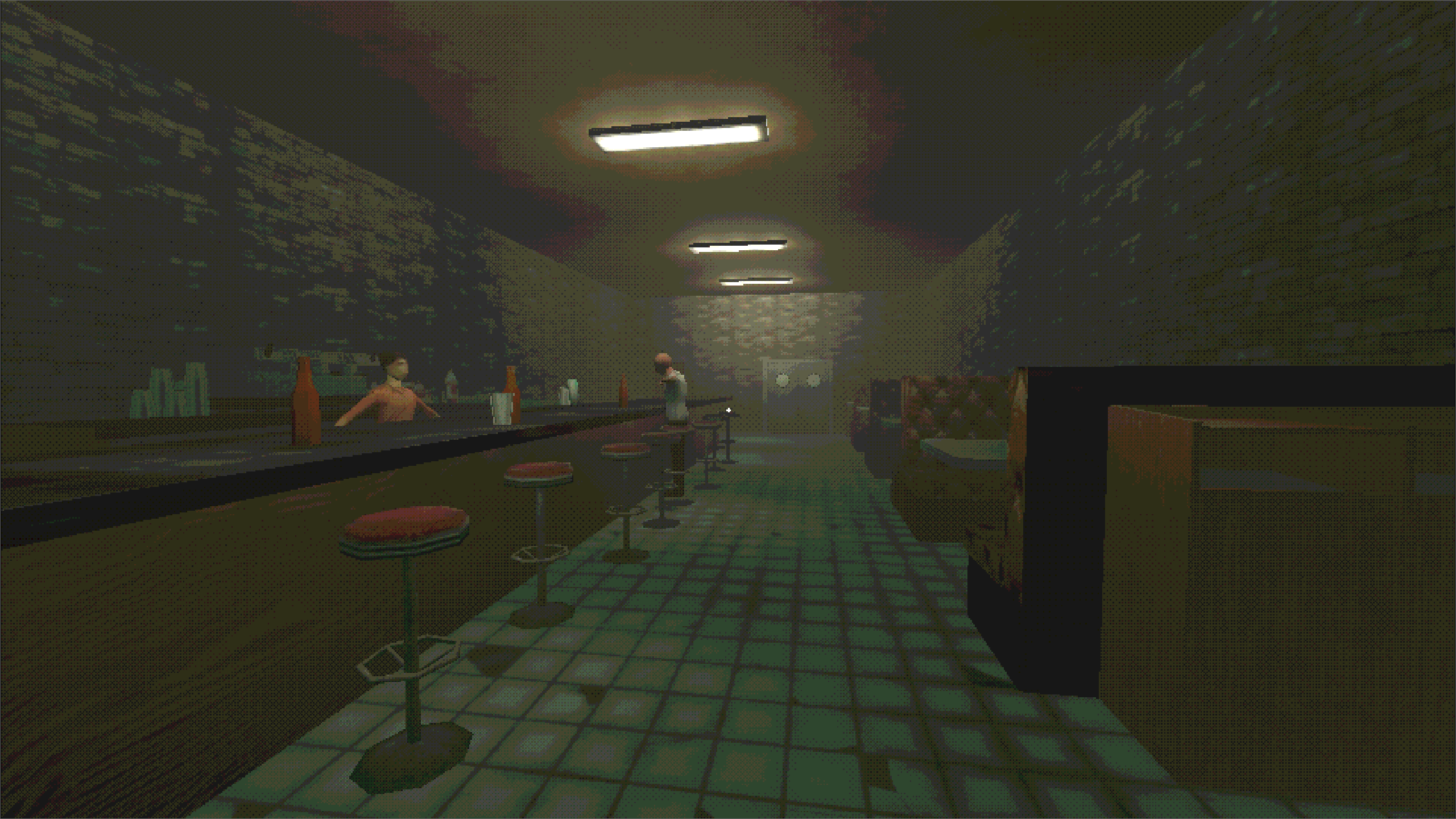Discards is a first-person narrative game built in the Godot engine. The game explores themes of identity, digital consciousness, and moral responsibility. The player enters a strange, liminal city and becomes involved in a system where their consciousness can be cloned into a body called a “discard.” At a key moment, the player must choose whether to endure a painful experience or create a clone to endure it in their place. The outcome is deliberately ambiguous—although the player chooses to clone, they still experience the event firsthand, leaving it unclear whether they truly avoided the suffering or became the clone themselves. This uncertainty is central to the game’s emotional and philosophical impact.
This project was made for my Narrative and Technology class. Over the semester we learned ideas from Janet Murray, Henry Jenkins, and Espen Aarseth, and Discards is my way of trying to use those ideas in a game. The goal was to take the theories we studied and show how they can shape story, space, and player choice.
Design Principles

This project uses Janet Murray’s properties of digital media from Hamlet on the Holodeck (Murray 71-90): procedural, participatory, spatial, and encyclopedic. Discards is procedural because it uses programmed rules to simulate consequences and reinforce narrative themes. For example, when the player first wakes up in the clinical cell—after having been unknowingly cloned—the game introduces visual and auditory distortions that represent a break in the character’s continuity of self.
The game is participatory because the player must later make a meaningful choice that affects the narrative outcome. The decision whether to suffer or delegate pain to a clone establishes the player’s role within the system and builds emotional weight through interaction.
The game is spatial, meaning the story unfolds through the player's movement and exploration of the environment. The environment conveys the central narrative twist—that the player has been cloned—through layout, timing, and visual discovery. Elements like lighting, architecture, ambient sound, and empty space contribute to a mood of unease and detachment.
Narrative and Storytelling

From Henry Jenkins’ Game Design as Narrative Architecture (Jenkins 7-12), the game draws on embedded and evocative storytelling. Clues about the world are placed in the environment—medical tools, computers, signage—so the player pieces together meaning through exploration. The game does not rely on cutscenes or exposition. Its tone and structure are influenced by lo-fi horror games like Mouthwashing and Arctic Eggs, which use minimal visuals and ambient design to convey narrative through space.
The project also uses ideas from Espen Aarseth’s Cybertext (1997), especially ergodic structure and aporia. Aarseth defines ergodic literature as requiring nontrivial user effort (Aarseth 1–2). In Discards, the effort comes from deciding who suffers. The player has only one chance to create a clone. Once the decision is made, the outcome is locked in, reflecting aporia: the loss of paths not taken, creating emotional weight and consequence.
Influences
The game is influenced by SOMA (Frictional Games, 2015), which explores consciousness transfers and identity through gameplay. Discards brings that concept forward, letting the player choose whether to create a version that will suffer. The consequences are then lived directly, adding urgency and moral pressure to the experience.
Discards uses a simple structure to explore complex ideas. By applying theories from Murray, Jenkins, and Aarseth, the game creates a focused, interactive experience where a single choice defines identity, consequence, and memory.